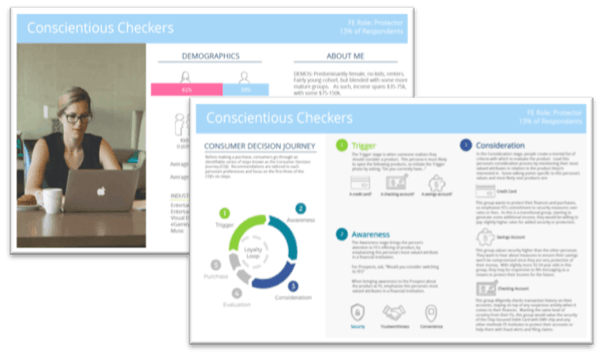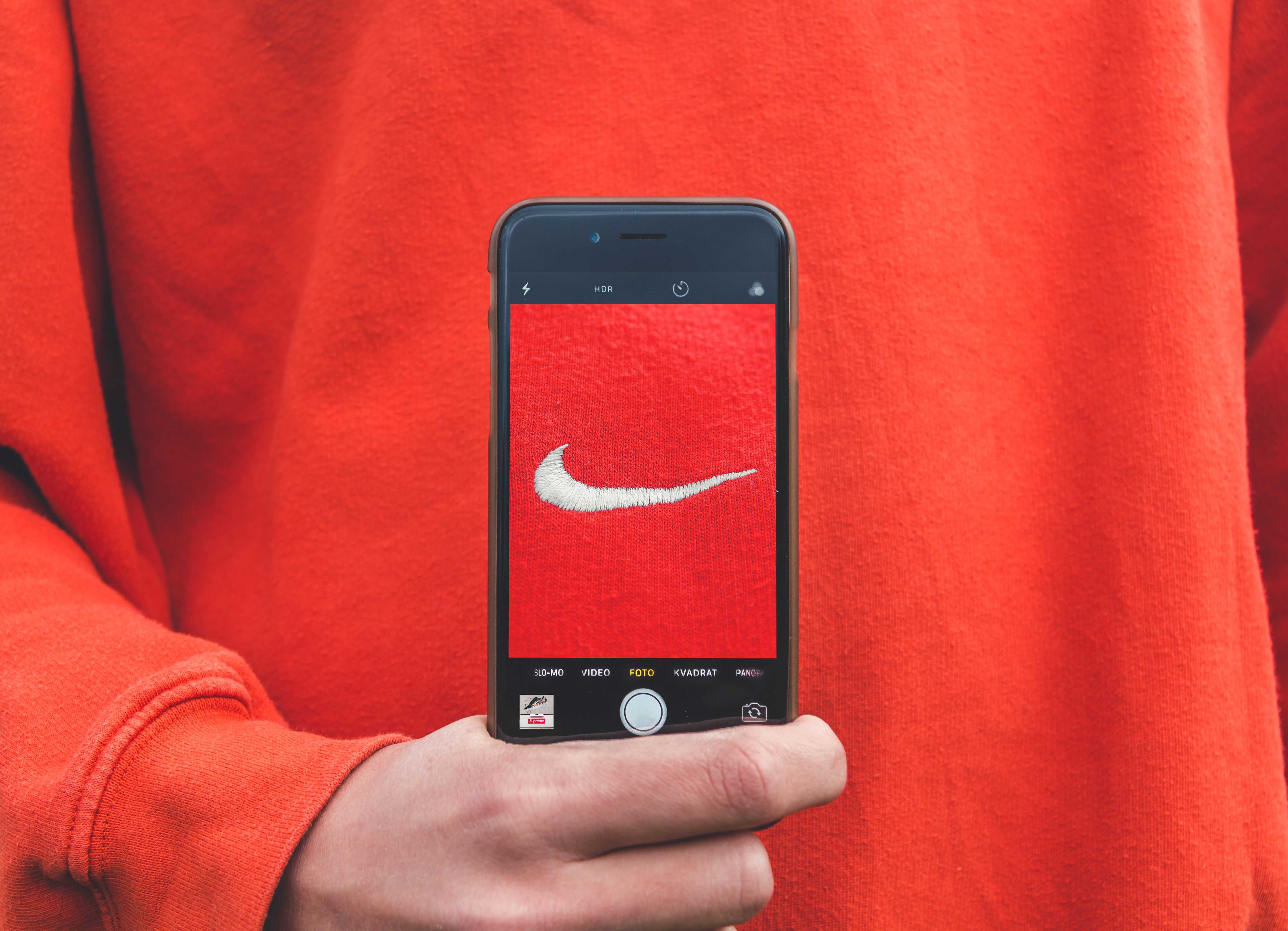Why Brand Marketing Is Important
The word brand is often misused in marketing. The confusion is likely tied to the fact that most “brands” didn’t start out thinking of themselves as...

For some marketing teams, segmentation is seen as a dirty word. Brand managers may see their product or service as having universal appeal and may be more interested in discussing how to attract a single, vast universe of potential buyers than agree that they need to divide the audience into subgroups and target accordingly.
If your brand has no competition, then it’s true that segmentation may not be needed. However, it’s unlikely that you have no competition – or won’t have some soon.
Audience or customer segmentation is when your target is grouped according to their category use, brand use, and sometimes by the frequency, occasion, and purpose of use for either the category or brand. Next, the resulting subgroups are further defined in terms of other factors, such as demographics, geographic location, attitudes, and lifestyle.
A successful segmentation strategy provides a target that allows you to develop a compelling positioning and meet your brand’s growth goals. While a “one-size-fits-all” approach may seem more attractive, addressing separate segments in this way, with aligning marketing messages, is more likely to provide greater ROI.
If you’re trying to attract two distinct customer segments with a single positioning, your efforts are likely to fail because the messaging doesn’t seem relevant to either segment.
You could try to create and go-to-market with separate positioning strategies; however, if both segments see the marketing meant for the other groups, it will create confusion and distrust.
The best way to expand your message and increase the chance of winning customers is to leverage audience segmentation and identify what audience-specific messaging makes sense with your overarching product strategy, features, and benefits.

When segmenting your audience, it’s important to understand that there are many methods and not all of them are going to be right for you or give you actionable information. It’s important to first consider what you’d like to learn about your audience through the lens of who your product or service would be best suited for and select the best method for you.
Quantitative research allows for quick audience groupings based on their location, age, stage of life, gender, race, nationality, religion, and more. Of course, the most relevant metric will depend on the product. Two 30-year-old males might be leading completely different lives — one married with children, a high-paying job and a new mortgage and the other still living at home wondering what they’re going to do with their life. In this example, you can imagine that their buying habits will be vastly different.
Factors like income, education, and occupation can provide great insights into your customers and what they value. For instance, if your company sells an upscale, premium item, it should be targeting high earners and may be targeting high earners that hold advanced degrees from elite schools based on the assumption that they earn more and place a higher value on status.
Grouping customers based on individual product purchasing behavior is often effective. For example, imagine a cell phone brand where their most valuable segmentation is based on the data usage habits of their customers. Consider how knowing this single piece of information would influence the device you would sell to them, the plan, the messaging, etc.
It can be useful to characterize segments in terms of general psychological or personality traits such as consumer attitudes, values, and aspirations. Understanding that a segment of your audience is health food nuts, politically conservative, or worried about online privacy could greatly impact your marketing.
Segmentation based on goals, or what your user is trying to get out of your product, service, or category is important. Consider a fitness center or gym. The way you would speak to someone trying to lose weight is different than someone looking to build muscle or train for a marathon.
Firmographic segmentation is a method that typically exists in B2B marketing; however, it could also be used in consumer marketing – especially locally if the organization employs many people in a specific region (e.g., Facebook, Amazon, Apple, etc.). This type of segmentation classifies the audience based on their employer or organization attributes such as the location of their office, number of employees, or type of work performed.
While some exceptions may be required due to available time, budget, and resources, a thorough segmentation study, regardless of which structure you select, usually takes several months to complete, due to the combination of both qualitative and quantitative research necessary to paint an accurate picture of your audience.
However, the time is worth the investment because your segmentation study should become the strategic foundation for your future marketing growth and be the basis for your target customer personas.

A customer persona (sometimes referred to as a buyer persona) is a fictional character created from your customer research and segmentation. Successfully developed personas provide a useful shorthand for customer needs, pain points, and characteristics.
Most importantly, personas help humanize your target audience across the entire organization, enabling everyone, regardless of what department they are in, to become more empathetic and effective when working directly with customers and prospects.
Imagine sending market research results out to your company that includes essential, but dry statistics such as 75% of respondents conduct research online before speaking with sales.
This stat lacks the context that a good marketing persona would provide. The persona would let your organization know that these respondents have kids and full-time, high-paying jobs, so they’re swamped, but not price sensitive.
Instead, they’re most concerned with getting the best value for their money and purchasing something that lasts. To streamline their shopping, they conduct research online and are most trusting of third-party ratings and customer review sites.
Which is more helpful to someone who’s going to be working with your customers?

It is important to remember that personas are living, breathing guides and should be updated frequently. In addition to broad cultural shifts, competition within the category can impact customers’ attitudes and behaviors, which will impact your personas.
To keep your personas current, you must maintain a consistent dialogue with customers, which is where additional research, social listening, and online focus groups can help.
Unlike your customer segmentation, a valuable persona will give life to a goal-based segment — the segment that reveals motivations and potential usage patterns.
Personas are excellent tools to inspire and lead design decisions because they encourage empathy. Consider these recommendations when developing yours:
An interesting thing happens when we first mention personas to a new client. More often than not, the question is met with a heavy sigh and a general look of defeat. “We made personas a few years ago and no one used them.”
It’s true. Without the right mindset and understanding going into creating personas, you could run the risk of building something that gets pinned to the wall or emailed out and never looked at again.
That’s why it’s important to understand how your personas will be used and rolled out to your entire organization at the very start of the project. Here are a few tips:
At Mighty Roar, we have a lot of experience building customer segments and personas for our clients, including facilitating workshops and brand camps. We’d love to connect and discuss how we can help you bring these tools to life within your company as well.
Sign up for our monthly newsletter to receive updates.

The word brand is often misused in marketing. The confusion is likely tied to the fact that most “brands” didn’t start out thinking of themselves as...

In marketing, we spend a lot of time trying to attract new customers, but it’s also important to know how many customers you may be losing. So, in...

Customer satisfaction is more than just a metric—it can be a valuable marketing tool.